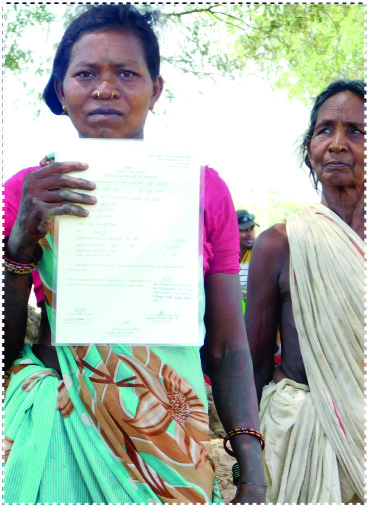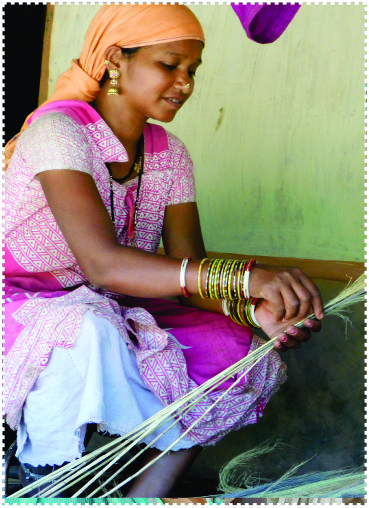Introduction
Secure and equitable rights over natural resources is globally seen as a precursor to the achievements of numerous global development priorities including poverty elimination, food security, rural development, gender equality and women empowerment etc.(Choudhury et al, 2017 ). Governments and policymakers have a unique opportunity to empower women financially and socially by ensuring that their rights to land are protected. This has a profound ripple effect on household income, food security, health, and other positive outcomes for women, their families, and communities. At the macro level, securing women’s land rights could stimulate entire economies, help grow a more food secure future, and even activate new allies in our response to climate change. The Sustainable Development Goals recognizes this fact and asserts that by 2030 women should have equal control and rights over land as their male counterparts.
At a time when tremendous efforts are being taken to bridge the gender gap in various sectors, it is important to consider the significance of women’s land rights in achieving their economic empowerment, subsequently moving towards a more developed and inclusive society.
Over the last few years, both central and state governments have made progressive reforms to realize the goal of secure and equitable land tenure for all. However, the record in India when it comes to providing women equitable access to land is rather poor. According to FAO’s Gender and Land Rights Database, India is amongst the countries with the most skewed distribution of agricultural land. Women constitute 12.8% of the landowners, while they account for 32% of the agricultural labour force contributing an estimated 55-66% to farm production.




